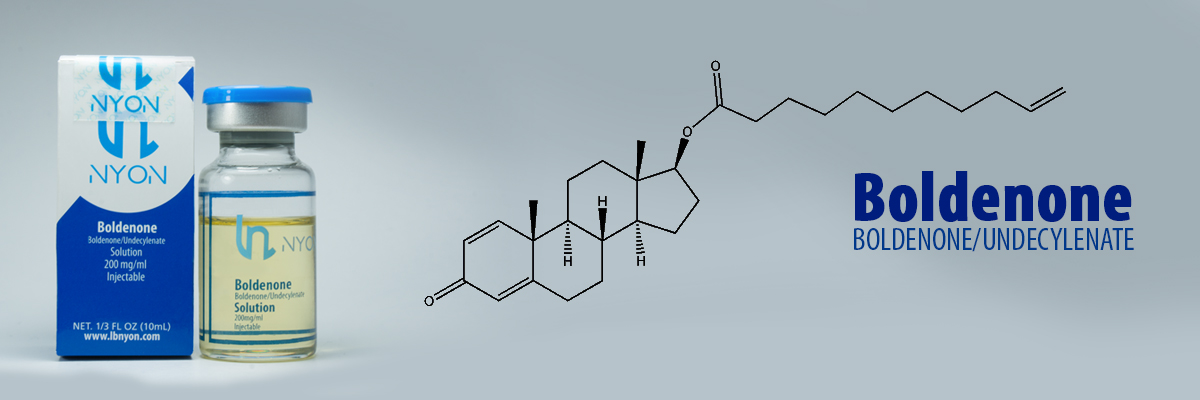
The favorable properties of this drug are greatly appreciated by athletes, Boldenone being a very popular injectable in recent years.
The side effects associated with Boldenone are generally mild. The structure of Boldenone does allow it to convert into estrogen, but it does have an extremely high affinity to do so. To try and quantify this we can look toward aromatization studies which suggest that its rate of estrogen conversion should be roughly half that of testosterone. While one does still have a chance to encountering an estrogen related side effect as such when using this substance, it is not a common problem when taken at a moderate dosage level. Gynecomastia might theoretically become a concern, but is usually only heard of with very sensitive individuals or (again) those venturing high in dosage.
Boldenone can also produce distinct androgenic side effects. Incidences of oily skin, acne, increased aggression and hair loss are likewise all possible with this compound, altrought will typically be related to the use of higher doses. Women in fact find this drug quite comfortable, virilization symptoms usually unseen when taken at low doses. Boldenone does reduce to a more potent androgen (dyhidroboldenone) via the 5-alpha reductase enzyme (which produces DTH from testosterone) however its affinity for this interaction in the human body is low to nonexistent.